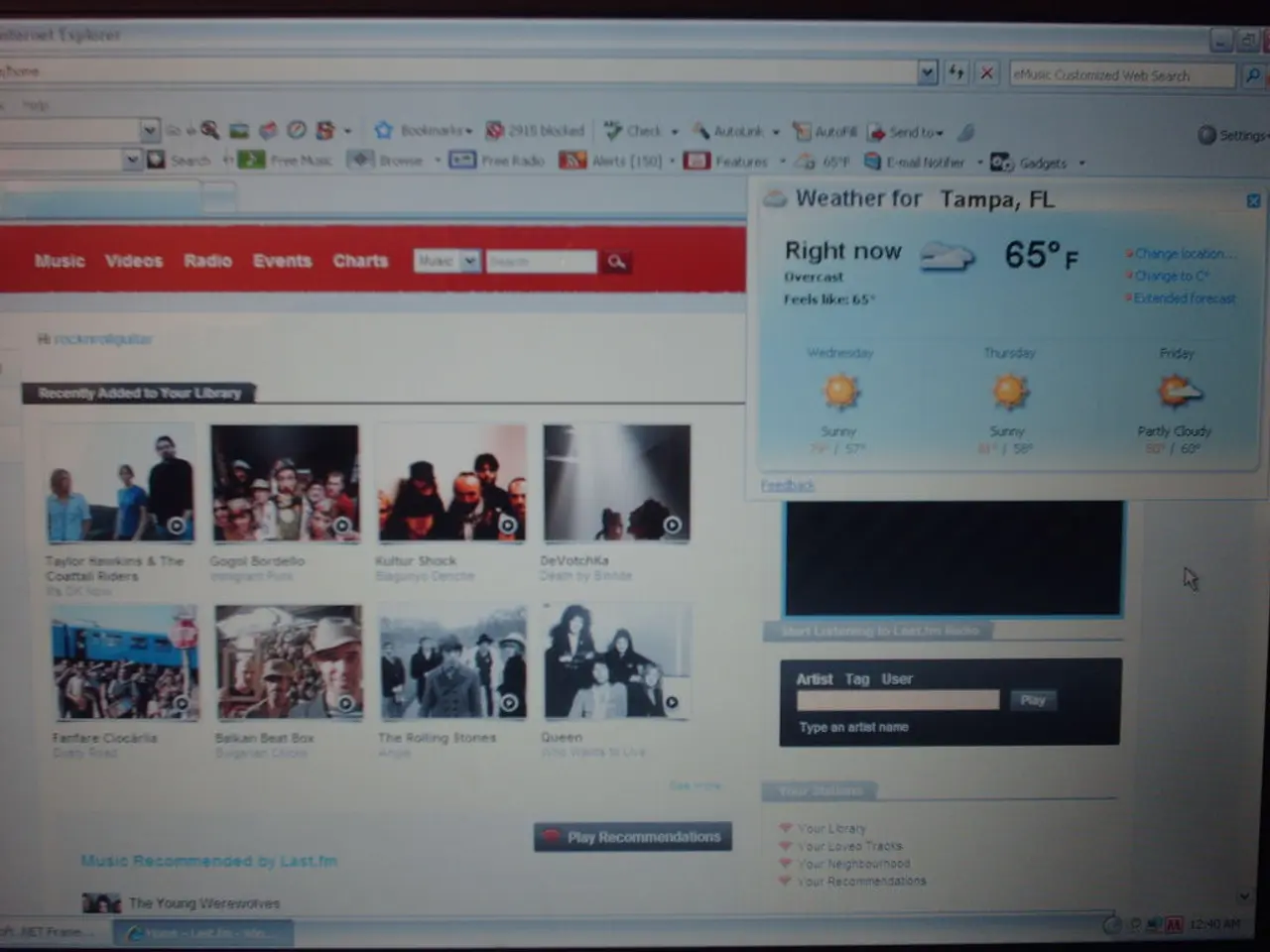Online Communities: A Battle between Traditional Social Media and Web3 for Dominance in the digital sphere
In the ever-evolving landscape of digital communication, a new contender has emerged, challenging the dominance of traditional social media platforms like Facebook, Instagram, Twitter, and TikTok. This challenger is Web3, an alternative social media ecosystem built on blockchain technology and aiming for decentralization and user ownership.
At its core, Web3 empowers users by giving them control over their data and content. Unlike traditional platforms, user data and content in Web3 are stored on decentralized networks, ensuring privacy and true content ownership. This radical model provides users with financial incentives through tokens and NFTs, allowing creators to earn directly without relying on ads or brand deals.
However, Web3's decentralized nature comes with its own set of challenges. The ecosystem lacks the simplicity of traditional social media and its robust ad infrastructure, making it less appealing for targeted marketing and sponsorships. Additionally, Web3 networks struggle with adoption due to the need for crypto wallets and blockchain knowledge.
Despite these hurdles, Web3 social media platforms like Lens Protocol, Farcaster, and Mastodon offer new possibilities. They introduce token-based economies, decentralized governance, and privacy control, shaping a more user-centric digital experience.
Web3's future is not a battle between old and new, but rather a fusion of both. Traditional platforms may adopt Web3 features, while decentralized networks improve usability. Notable figures in this movement include Sony, through its Soneium project led by Sota Watanabe, CEO of Startale Labs and director at Sony Block Solutions Labs. Trusta.AI is another key player, aiming to establish a Web3-wide reputation standard.
The crypto project SUBBD, with over 2,000 top content creators and a community of more than 250 million followers, is also contributing to the Web3 ecosystem.
However, Web3 is not without its challenges. The system operates on decentralized protocols, smart contracts, and token-based incentives, which can lead to greater freedom but less security. Moderation and safety become a significant challenge in this decentralized environment. Web3 reduces censorship by removing central authority over content, but this can lead to the spread of misinformation and harmful content.
To succeed, Web3 must address these challenges by improving usability, security, and regulatory clarity. The future of online communities may not be a battle between old and new, but rather a harmonious blend, shaping a more user-centric digital experience. The future of social media will likely be a hybrid model, with traditional platforms adopting Web3 features and decentralized networks improving usability.
Read also:
- EPA Administrator Zeldin travels to Iowa, reveals fresh EPA DEF guidelines, attends State Fair, commemorates One Big Beautiful Bill
- Musk announces intention to sue Apple for overlooking X and Grok in the top app listings
- Cybertruck's Disappointing Setback, Musk's New Policy, Mega-Pack Triumphs, Model Y's Anticipated Upgrade Prior to Refresh (Week of January 25 for Tesla)
- Innovative Company ILiAD Technologies Introduces ILiAD+: Boosting Direct Lithium Extraction Technology's Efficiency Substantially




